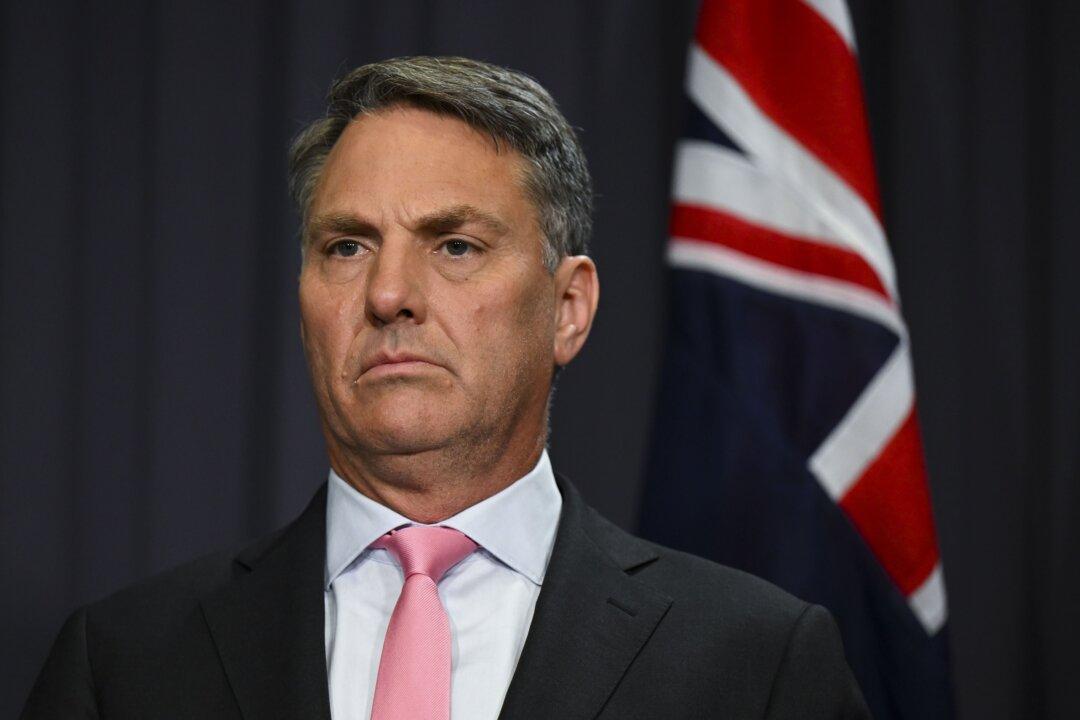Australia’s defence minister has defended the federal government’s $368 billion (US$244 billion) deal to purchase up to five nuclear-powered submarines, saying Australia’s diesel-electric submarines pale in comparison to U.S. nuclear-propulsion technologies and China’s existing fleet of more than 10 nuclear submarines.
On March 13, Prime Minister Anthony Albanese announced that Australia would replace its six Collins-class diesel-electric submarines with eight nuclear-powered submarines over the course of the next 30 years under AUKUS, a trilateral security pact with the United States and the United Kingdom.




